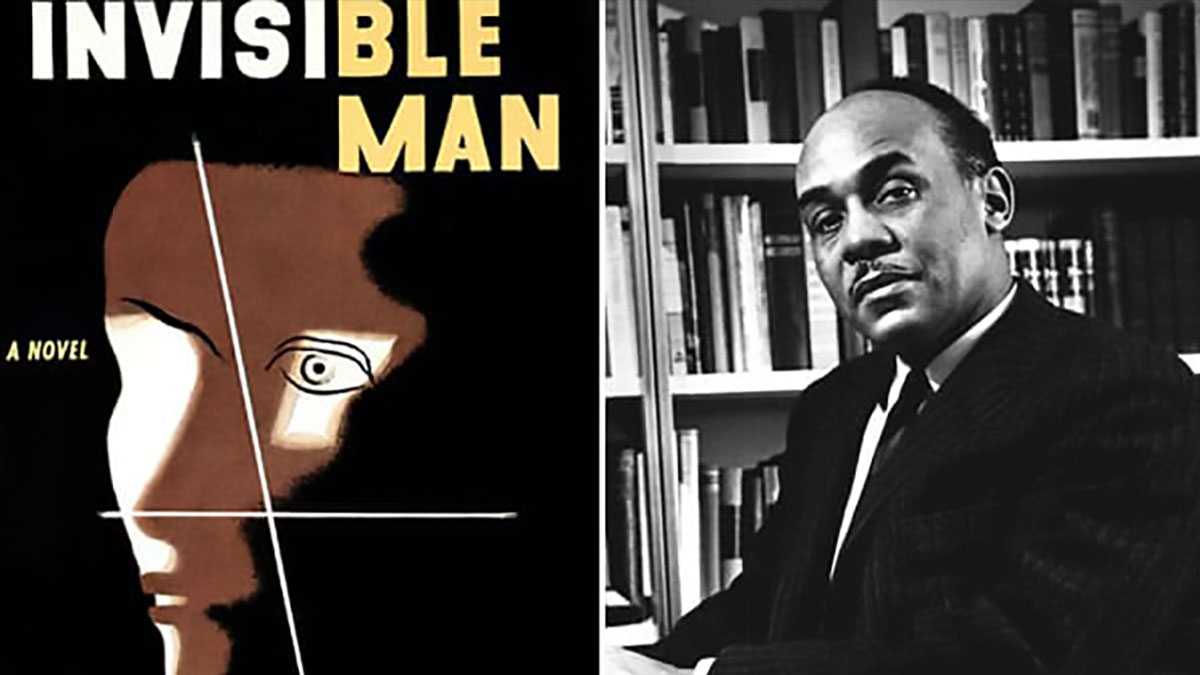
April 14, 1952

Ralph Ellison’s only novel, “Invisible Man,” confronted many issues facing Black Americans and became the first by a Black author to win the National Book Award.
Ellison told The Paris Review that Black history “is the most intimate part of American history. Through the very process of slavery came the building of the United States.”
Born in Oklahoma City in 1914, Ellison’s father, who loved literature, died two years after he was born. Feeling they would have a better life in the North, the family moved to Gary, Indiana.
Ellison applied twice to the Tuskegee Institute and was finally admitted when the orchestra lacked a trumpet player. While he studied music there, he wound up spending free time in the library, where he read James Joyce, Gertrude Stein, T.S. Eliot’s “The Waste Land” and Dostoevsky’s “Crime and Punishment.”
Before graduating, he moved to Harlem, hoping to study sculpture. Instead, he met author Richard Wright and wrote a book review for him. Wright encouraged him to write fiction, and he did, first with a story inspired by hopping trains to get to Tuskegee. He went on to write what Time magazine and others called one of the best English-language novels of the 20th century.
The book begins: “I am an invisible man. No, I am not a spook like those who haunted Edgar Allan Poe; nor am I one of your Hollywood-movie ectoplasms. I am a man of substance, of flesh and bone, fiber and liquids—and I might even be said to possess a mind. I am invisible, understand, simply because people refuse to see me.”
A number of characters and dialogue in “Invisible Man” came from or were inspired by oral interviews he did for the Federal Writers’ Project during the Depression, including the line, “I’m in New York, but New York ain’t in me, understand what I mean?”
Before “Invisible Man,” many books by Black authors aimed at protest, but Ellison aimed at broader themes and ideas.
“Why is it,” he wrote in an essay, “that so many of those who would tell us the meaning of Negro life never bother to learn how varied it really is?” The novel inspired a memorial in Harlem

